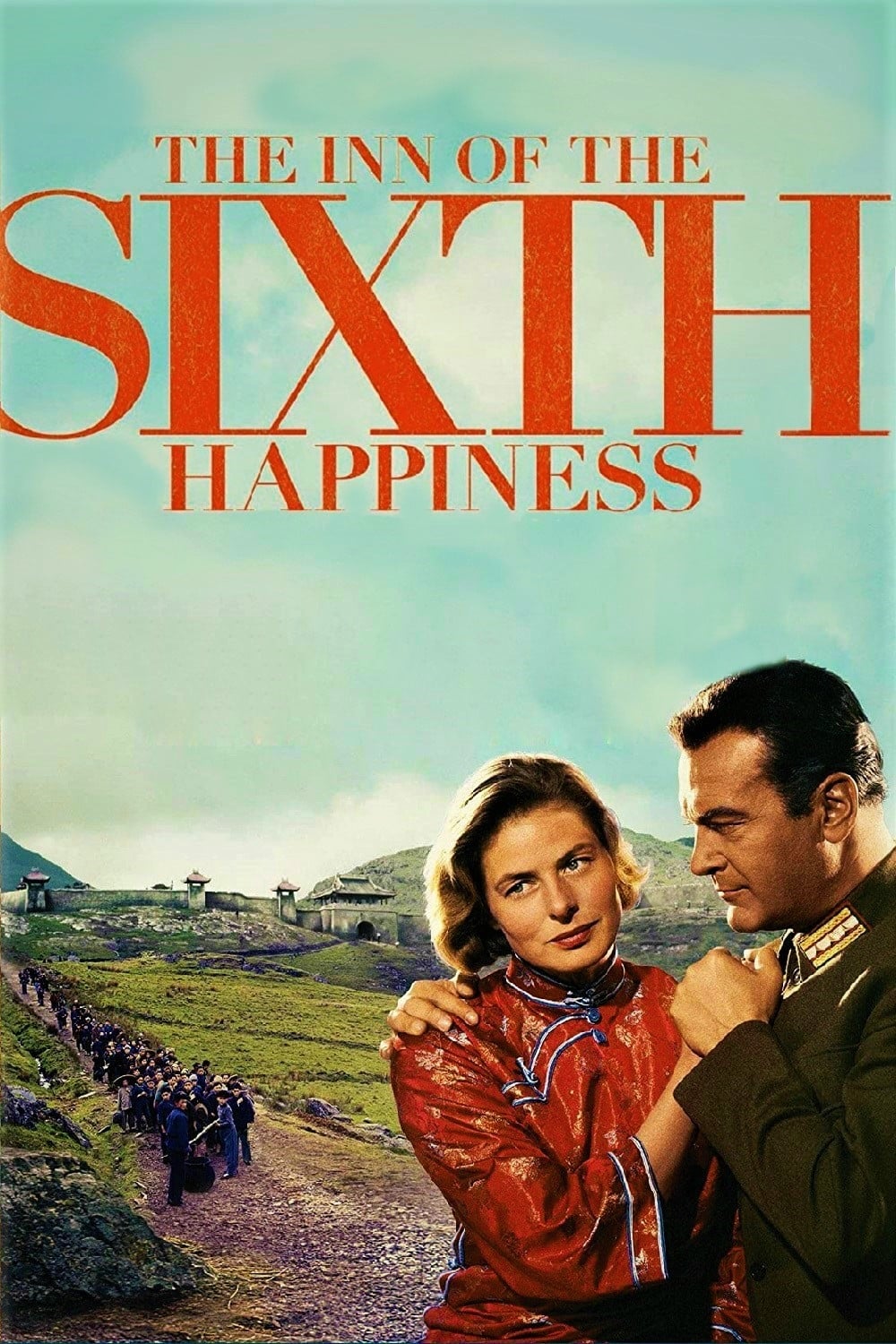
All her life, Englishwoman Gladys Aylward knew that China was the place where she belonged. Not qualified to be sent there as a missionary, Gladys works as a domestic to earn the money to send herself to a poor, remote village. There she eventually lives a full and happy life: running the inn, acting as "foot inspector", advising the local Mandarin, and even winning the heart of mixed race Captain Lin Nan. But Gladys discovers her real destiny when the country is invaded by Japan and the Chinese children need her to save their lives. Based on a true story.
16 May The Inn of the Sixth Happiness (1958)
Three Forces
My gosh: how could this fail to please. It employs all three of the major forces in pandering film: cute children, a beautiful woman ennobled by adversity and finally: unlikely ‘interracial’ love (‘.. he pressed his earthy oriental skin…’). The scriptwriter’s task is to take these three forces and merge them into a coherent whole. This is more difficult than it seems because the three are natural enemies— competitors for control over the narrative.
The writer does pull it off, only to have the result trashed by dated dramatics. What’s interesting is that the story itself is about the nexis of three colonial influences: that of the ‘christian’ Europe, the communist government of the south (a wholly different people) and the invading Japanese.
Each of these harbours its own evils. 1958 was too early to fault christian propagandists (so sweet, you see), and was soon enough after the war that the merest suggestion of evil was enough for the Japanese. What’s interesting is that what harmonises the mix of three is casting the communist government as the good guys.
This scriptwriter’s trick would attract the attention of the infamous House UnAmerican Activities Committee, a fourth brand of evil empire.
Usually in real life, someone does win. Which of these four do you think does? Holding this question makes this postcard watchable after the plucky Jeannie Lawson is killed off.
Posted in 2004
Ted’s Evaluation — 2 of 3: Has some interesting elements.


No Comments